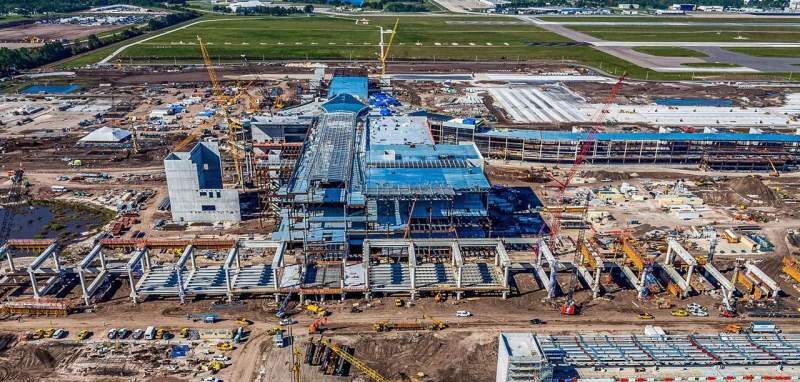New forecasts from Airports Council International (ACI) World predict that approximately US$2.4tn in airport total capital investments will be needed to address the long-term trend in passenger demand to 2040.
The Global Outlook of Airport Capital Expenditure – Meeting Sustainable Development Goals and Future Air Travel Demand report shows that significant investment in new greenfield airports, as well as investment to expand and maintain existing airport infrastructure, is required. The study was supported by Hamad International Airport and developed in collaboration with Oxford Economics.
The estimated decline in capital expenditure between the pre-Covid-19 baseline year of 2019 and the depth of the global Covid-19 lockdown (2020) is 33%, or about US$28bn. While a capital investment recovery to about 14% (approximately US$12bn) below a 2019 baseline is expected in 2021, ACI World believes that as air transportation demand recovers to pre-pandemic levels, passenger demand will put increased pressure on airports’ infrastructure.
If longer term capacity constraints are not addressed through capital investment, ACI World estimates a reduction of up to 5.1 billion passengers globally by 2040. For every million passengers airports cannot accommodate due to airport capacity constraints in 2040, 10,500 fewer jobs and US$346m less in GDP would be the result.
“Airport infrastructure is key to the continued development of air transport which supports millions of jobs and provides social and economic development for the global communities we serve,” ACI World director general Luis Felipe de Oliveira said.
“Beyond the recovery from the Covid-19 pandemic, our focus is to provide sustainable long-term growth for the industry which will need increased airport capital investment in new and optimized existing infrastructure, reasonable policies for the use of slots, and developments improving the economic, social and environmental footprint of airports.
“In normal times, addressing the growth of passenger demand in the face of global airport capacity constraints already poses a significant challenge, but the pandemic has dramatically reduced airport revenues, adding even greater challenges to meeting long-term capacity needs.”
The report provides a regional breakdown of where demand will stem from. For example, the Asia-Pacific area comprises about US$1.3tn, reflecting the region’s rapid passenger growth and subsequent demand to develop new greenfield airports, as well as to modernize and expand existing airport infrastructure. The Middle East is projected to need about US$151bn.
Europe’s US$427bn needs represent 18% of the 2021–2040 global total. More than half of this investment is expected to be used on terminals to maintain and retrofit the region’s infrastructure.
Meanwhile, North America’s US$400bn of required investment represents about 17% of the global total. Projections suggest that new greenfield airports are very minimal or unlikely, as airports have strong geographic coverage in the region. Africa’s needs exceed US$32bn, with the pace of needed new greenfield airport investment representing nearly 40% of this.

